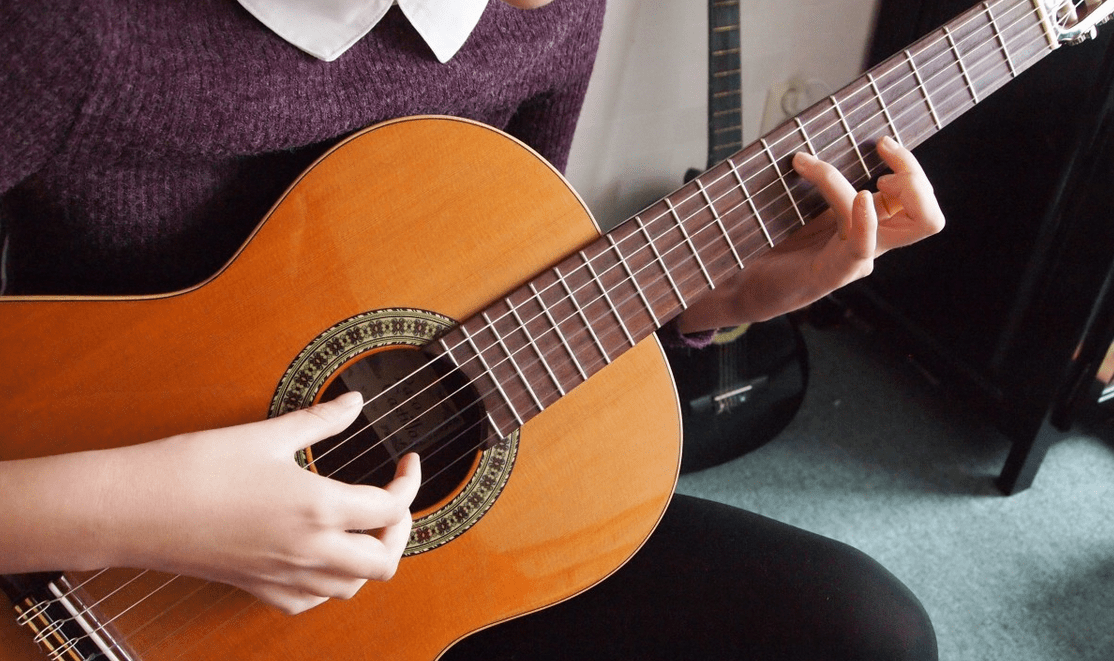
Guitar Fingerings: Helping Students Understand and Use Them
By Jamey Mann, Catoctin School of Music
Every instrument comes with its own set of fingerings and other notations. These unique notations go beyond notes on the staff and other common notations. These fingerings communicate to the performer exactly how the composer wants the music or study to be performed. If the performer is unaware of these notations, they could be missing the whole idea of the piece or study.
Therefore, I a spend a great deal of time discussing the different types of notations that guitar students will run into. Not only does this help the student finish their assignments and progress quickly, it ultimately leads them to being self-sufficient musicians.
Although I stress the importance of understanding and using these fingerings it can be very difficult to get students to do this. Many young students struggle to go beyond the notes on the staff and pay attention to anything else. This may be due to lazy practice habits or not understanding the importance of the additional notations. In any case it is the teacher’s responsibility to convey this information to the students and be sure they are being utilized in the student’s lessons and practice at home.
Here are a few tips that will help with this.
- “You wasted your time this week”- This sounds harsh, but it is a reality. When a student does not use the designated fingering, they most likely wasted an entire week of practice. Especially with a study, the student will likely have missed the entire point of the exercise. I tell these students bluntly that they wasted their time and we will not move on until it is done correctly.
- Help them understand the point of the fingering – Especially for young students the reasons for a specific fingering may not be apparent. With these students I will make point to first play the piece incorrectly and then again with the correct technique. I then ask them if they hear or see the difference. Usually within a couple demonstrations they realize that they will sound better or what they are playing is easier, when using the correct fingerings.
- Recording for students- Students often have trouble getting out of their comfort zone. In the lesson they may understand the concepts but at home they will go back to how they are used to playing. It is useful to have the student or parent video exactly what you need the student to do with their fingers. This way they can review the video at home and compare if they are playing correctly. It may be necessary to email videos to parents.
- Practice fingering a piece- In addition to sight reading practice I often have students write fingerings into their assignments. I also will hand them a piece of music with no fingering notations and ask them to write them in. This involves notating strings, fingers and positions. This gets them used to the idea of writing in their music and helps them realize how helpful these notations are to learning the music they’d like to perform.
